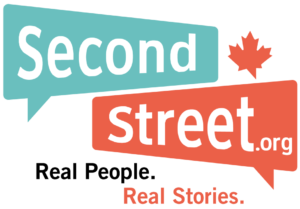Column
Report
SUN NEWS COLUMN: Five ideas to kick-start our economy after COVID-19

Coming out of the COVID-19 pandemic, Canada is going to be facing a recession. Potentially, a very deep one.
Unemployment will be high and many businesses will continue to shut their doors for good. Companies that do survive the pandemic, as well as a majority of Canadians, will be tapped out financially. Heading into the pandemic, accounting firm MNP reported that 46% of Canadians were within $200 at the end of each month from insolvency.
Tax hikes could be catastrophic for many households and businesses. And yet, government cost pressures will be immense.
Beyond the mountains of debt governments are incurring right now, they’ll have serious health-care bills to pay. Don’t forget, our health-care system put thousands of procedures on hold as COVID-19 arose and the first of the baby boomers will hit 75 years of age next year — entering an age bracket where health-care costs rise by a third on average.
So what can governments do to spur economic growth without spending money? Lots. Here are five examples:
First, they could find a way to get natural resource projects off the ground. SecondStreet.org made a list of stalled or cancelled oil and gas, and mining projects since 2014 and the total value was equivalent to the cost of building an NHL-sized arena every single day for a year. Just imagine how many jobs we could create if governments even salvaged a fraction of those projects.
Tearing down internal trade barriers is another enormous opportunity. These are barriers that make it difficult for businesses to operate in other parts of Canada. For example, should a long-distance bus really have to change trailer hitches when it arrives in another province? A Senate report includes several examples like this and notes these barriers cost our economy billions each year.
Our third idea is similar — aggressively reduce red tape in general. Since the pandemic began, governments have been busy relaxing restrictions to make it easier for businesses and the public — from allowing a restaurant to sell alcohol with your delivery order to allowing doctors to video conference with patients.
Canadian Federation of Independent Business analysis suggests unnecessary red tape costs businesses billions of dollars each year. If governments cut unnecessary red tape, they could make it easier for businesses to operate.
Fourth, health reform. Under Canada’s monopolistic health-care model, we trail the developed world when it comes to doctors, hospitals beds and equipment per capita. The government could increase capacity and take pressure off our public system by allowing private clinics to provide the same procedures as the public system. This would also allow many of the hundreds of thousands of Canadians who go abroad each year for health care to instead spend those dollars in Canada. More jobs created. More patients helped.
Finally, now would be a good time for governments to curtail their expenditures. Governments could focus their spending on priorities, such as health care instead of public art and other non-priorities. Public sector bodies could experiment with “work from home” models for employees to reduce office costs and reduce compensation levels — just like many working outside government received.
These are just some ideas to get Canada up and running again. If governments try the opposite — more borrowing, more intervention and higher taxes — prepare for a much longer recovery period than necessary.
Colin Craig is the President of SecondStreet.org, a new Canadian think tank.
This column appeared in the May 4, 2020 edition of the Calgary Sun, Edmonton Sun, Winnipeg Sun, Toronto Sun, and Ottawa Sun.
Other Canadians Share Similar Experiences:
Don and Jackie, Winnipeg
Jerry and Becky, Calgary
Troy and Erika, Victoria
Jim Jones, Toronto
You can help us continue to research and tell stories about this issue by making a donation
or sharing this content with your friends. Be sure to sign up for our updates too!


